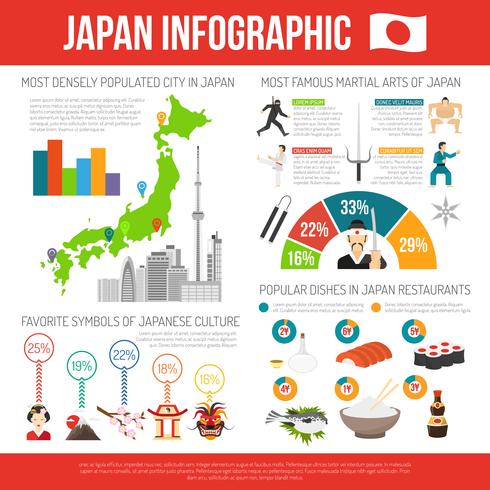Martial arts have a fascinating background that covers centuries and continents. You could locate it fascinating how old practices like Shuai Jiao and Kalaripayattu laid the groundwork for modern combat strategies. These self-controls not just stress physical skills however additionally show the societies that birthed them. As you discover their development, take into consideration how globalization has changed these conventional forms into crossbreed styles. What influences do you believe have shaped today's martial arts landscape?
Ancient Martial arts: The Structures of Battle
As you look into the world of old martial arts, you'll uncover the rich foundations that shaped battle techniques across societies. Very early practices focused on Self-Defense and survival, typically incorporating strikes, grappling, and weapons.
In which country is best for martial arts , for instance, strategies like Shuai Jiao emphasized tosses and joint locks, while India's Kalaripayattu showcased dexterity and liquid activity. Japanese samurai established Kenjutsu, a refined swordsmanship that highlighted discipline and strategy.
These martial arts served not just for battle yet additionally as a way of individual growth, instilling values like respect and determination. The blending of these methods gradually laid the groundwork for the varied martial arts you see today, each mirroring the unique approaches and requirements of its society.
The Cultural Impact on Martial Arts Development
While martial arts frequently reflect the sensible requirements of a culture, they likewise symbolize the social values and ideas of their beginnings. When you discover various martial arts, you'll observe how they're affected by religious beliefs, approach, and social norms.
As an example, the emphasis on regard and self-control in Japanese martial arts stems from Zen Buddhism and samurai culture. On the other hand, Brazilian Jiu-Jitsu advertises adaptability and approach, formed by the requirement for performance in a varied, modern environment.
You might find that the routines, attires, and training approaches show an area's background and identity. By comprehending these social impacts, you deepen your appreciation of martial arts and their function in shaping human experiences across the globe.
Modern Adaptations and the Globalization of Martial arts
Martial arts have actually transformed significantly in recent years, adjusting to contemporary society and international influences. You'll observe that conventional kinds have combined with modern strategies, producing hybrid styles like MMA. These adaptations accommodate diverse audiences, making martial arts accessible and enticing worldwide.
With the increase of social networks and electronic platforms, you can locate tutorials and competitions from all edges of the world, damaging geographical barriers. This globalization has brought about a common admiration for various techniques, from Brazilian Jiu-Jitsu to Taekwondo.
As https://elliottyjvep.blogrenanda.com/41964295/mastering-the-art-a-guide-to-choosing-the-right-martial-arts-academy engage with these arts, you'll realize they're not just about fight; they advertise health and fitness, technique, and psychological wellness.
Inevitably, modern adjustments have enriched the martial arts landscape, making it a vibrant and advancing method.
Verdict
In exploring the history and evolution of martial arts, you discover a fascinating mix of methods, cultures, and viewpoints. From https://donovansfqam.spintheblog.com/35965025/grow-your-inner-equilibrium-by-submersing-on-your-own-in-the-deep-knowledge-of-a-martial-arts-institution like Shuai Jiao and Kalaripayattu to the modern flexibility seen in MMA, martial arts reflect mankind's pursuit for Self-Defense and personal growth. As you engage with these techniques, you not just acquire abilities but additionally a deeper recognition for the varied practices that form our world today. So, proceed your trip and welcome the art of combat!
